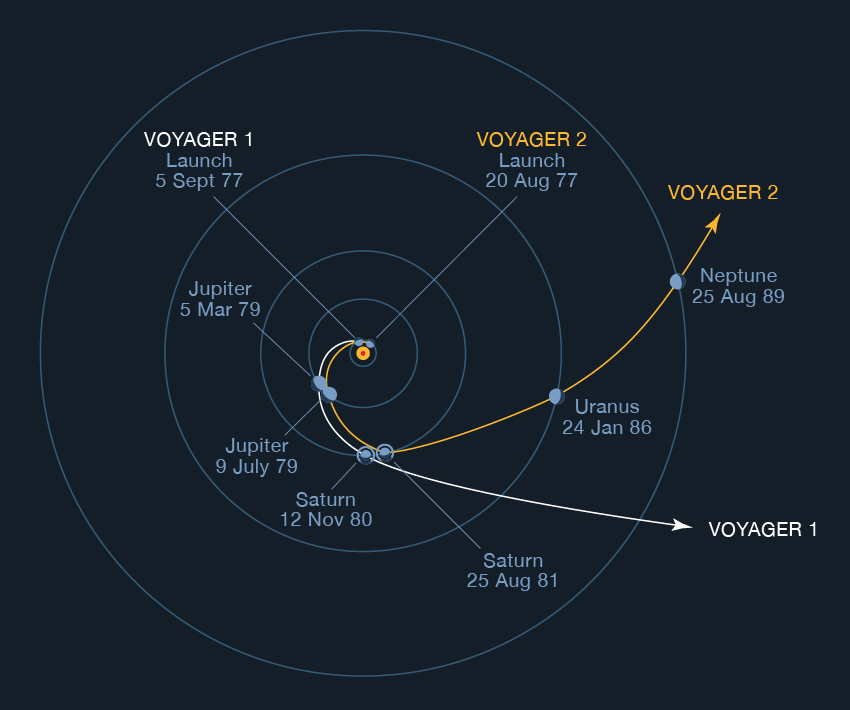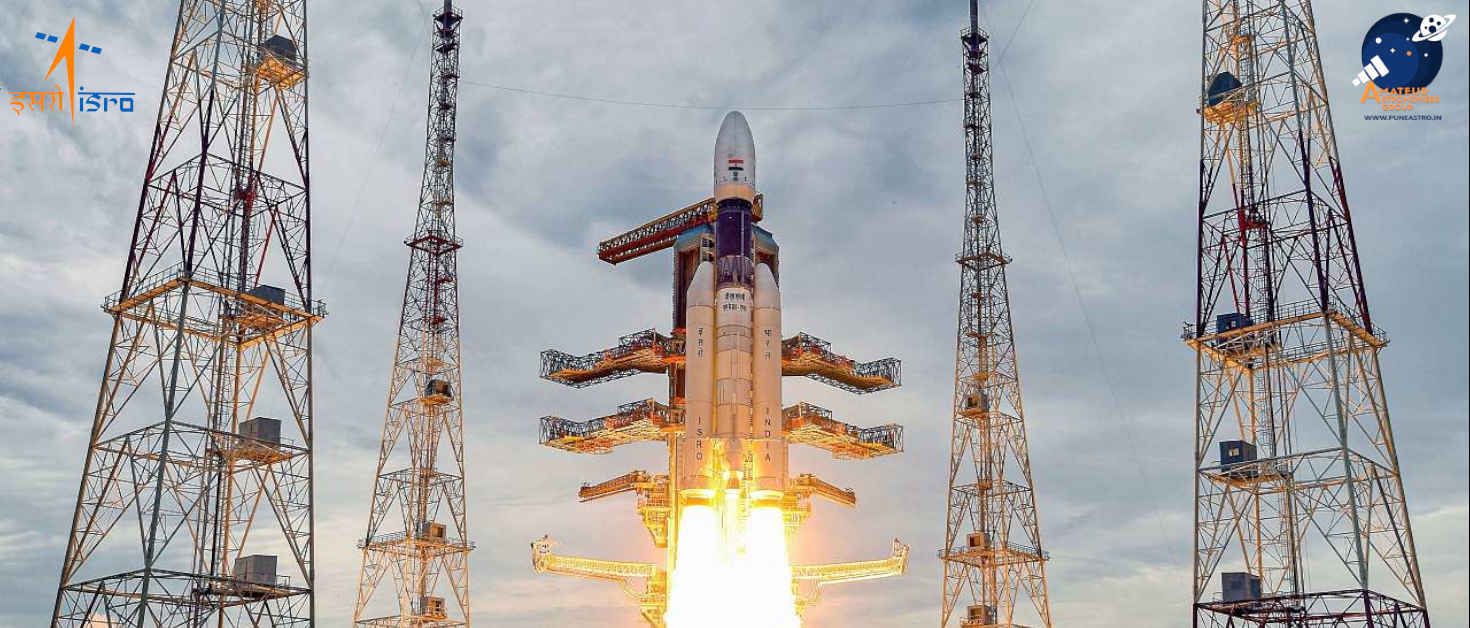Gravity Assist, also known as gravitational sling shot or gravity slingshot, is a technique employed by spacecraft to gain speed, alter trajectory, and conserve fuel during interplanetary missions. By leveraging the gravitational pull of celestial bodies, such as planets or moons, spacecraft can harness the energy of these gravitational fields to enhance their missions. This article explores the mechanics of gravity assist and provides examples of its successful applications.
Mechanics of Gravity Assist
Gravity assist relies on the principle of conservation of energy and momentum. As a spacecraft approaches a massive celestial body, it enters its gravitational field, where it experiences a gravitational pull. By carefully planning the trajectory, the spacecraft can use the planet's gravity to gain or lose speed and change direction. During the flyby, the spacecraft exchanges momentum with the celestial body, thereby altering its own trajectory without the need for additional propulsion.
Speed Boost and Trajectory Alteration
When a spacecraft approaches a planet or moon for a gravity assist, it executes a close flyby to gain or lose velocity. By carefully selecting the trajectory and the direction of the flyby, the spacecraft can gain a significant speed boost, effectively "stealing" a fraction of the planet's orbital energy. This allows the spacecraft to accelerate, change direction, or reach destinations that would otherwise be challenging or resource-intensive to achieve solely through onboard propulsion.
The spacecraft gains additional velocity during the gravity assist maneuver at a specific moment known as the closest approach or periapsis. As the spacecraft approaches the planet, it moves in the same direction as the planet's orbital motion. The spacecraft exchanges momentum with the planet, effectively "borrowing" a portion of the planet's orbital energy. This exchange of momentum causes the spacecraft's velocity to increase.

However, it's important to note that the gravity assist does not involve the burning of thrusters on the spacecraft. The velocity gain is achieved purely through the exchange of momentum with the planet. The spacecraft does not expend additional propellant during the gravity assist maneuver.
After passing the periapsis and moving away from the planet, the spacecraft continues on its new trajectory with the gained velocity. As it moves farther from the planet, the gravitational influence weakens, causing the spacecraft's velocity to gradually decrease. However, the spacecraft retains a portion of the gained velocity, allowing it to continue its mission with an altered trajectory or increased speed relative to its pre-gravity assist state.
Fuel Efficiency and Mission Enhancements
Gravity assist maneuvers offer significant benefits in terms of fuel efficiency. By utilizing the gravitational forces of celestial bodies, spacecraft can conserve precious onboard fuel that would otherwise be required for propulsion. This fuel efficiency translates into extended mission durations, increased payload capacity, or the ability to reach distant destinations within feasible timeframes.
Use of this principle in Chandrayaan Missions
The Lunar Vehicle Module 3 (LVM3) used in the mission is not as powerful as the NASA's Saturn 5 rockets, which allows for a more cost-effective approach. Instead of following a direct path, the spacecraft takes an elliptical orbit around the earth, utilizing gravitational forces to gain speed and momentum. This strategic trajectory enables Chandrayaan-3 to conserve fuel while still reaching its lunar destination. That is also the reason why Chandrayaan taking around 40 days to reach Moon.
Other examples where Gravity Assist was used.
Voyager Missions: The Voyager 1 and Voyager 2 spacecraft executed multiple gravity assist maneuvers to explore the outer planets of our solar system. The gravity assists from Jupiter and Saturn provided velocity boosts and altered their trajectories, enabling them to continue their interstellar missions.
Cassini-Huygens: The Cassini spacecraft utilized gravity assists from Venus, Earth, and Jupiter to reach Saturn and its moons. These maneuvers saved fuel, reduced mission time, and facilitated extended exploration of Saturn's system, including the successful landing of the Huygens probe on Titan.
New Horizons: The New Horizons mission to Pluto employed a gravity assist from Jupiter, which accelerated the spacecraft, reduced the travel time, and enhanced its scientific observations during the Pluto flyby.

Conclusion
Gravity assist is a powerful technique that allows spacecraft to leverage the gravitational fields of celestial bodies for speed boosts, trajectory alterations, and fuel conservation. This ingenious maneuvering method has been successfully utilized in numerous interplanetary missions, enabling extended explorations, precise flybys, and access to distant destinations. As space exploration continues to evolve, gravity assist remains an invaluable tool for unlocking the mysteries of our solar system and beyond.
Bhushan Karmarkar
info@puneastro.in

